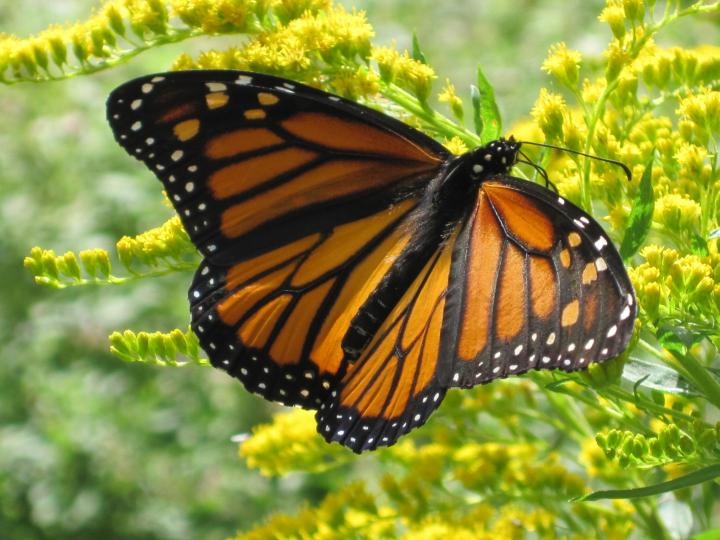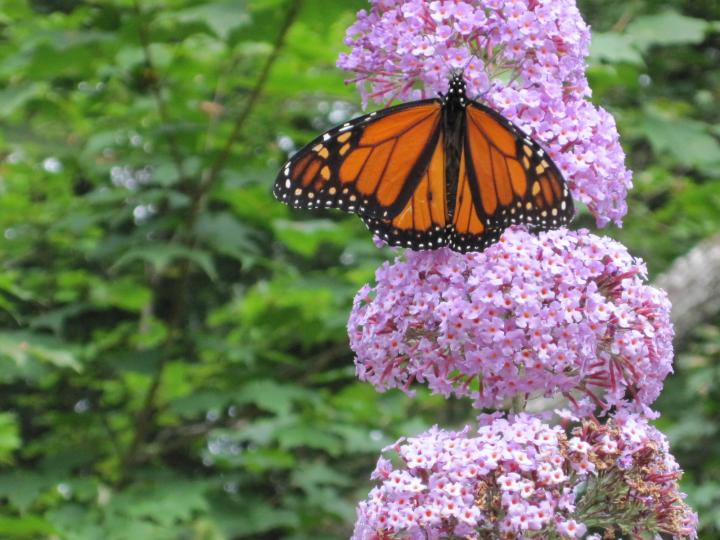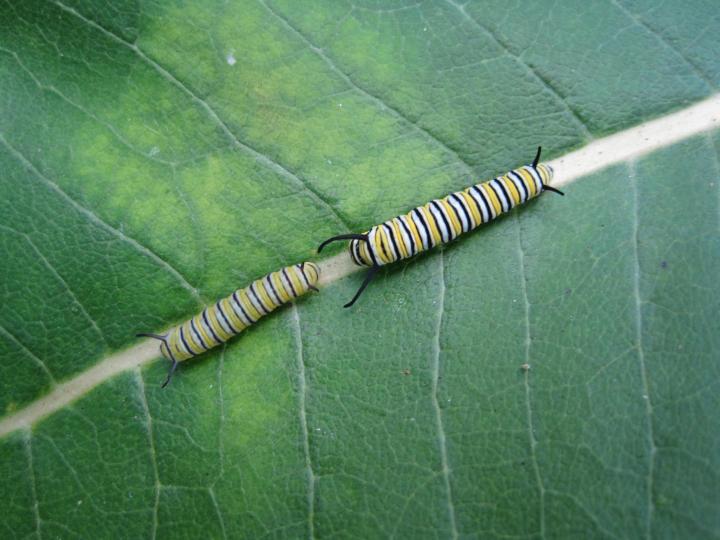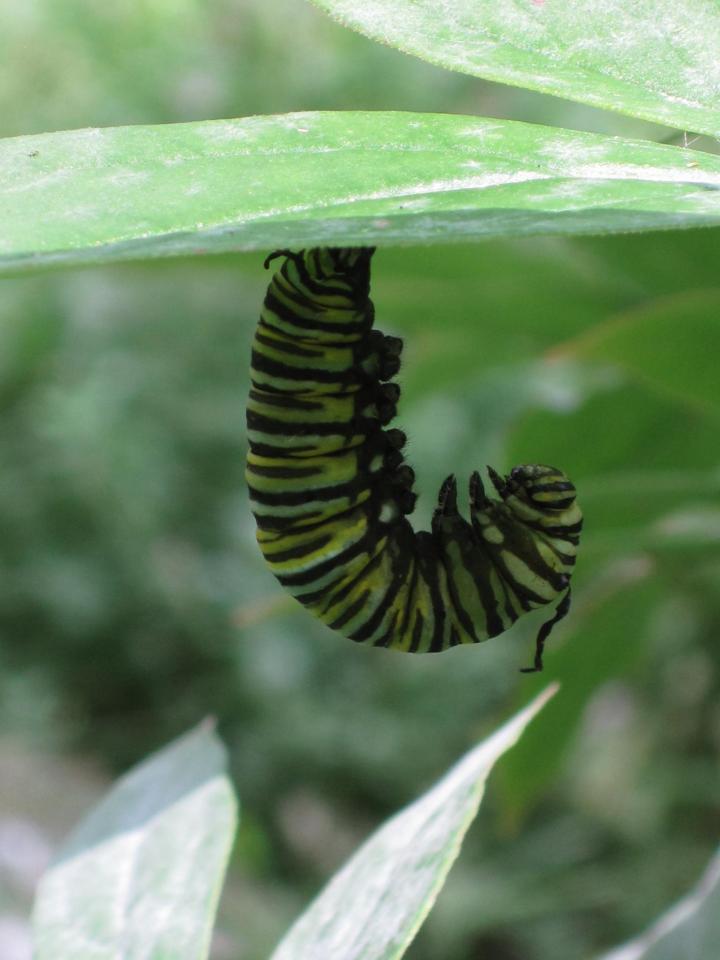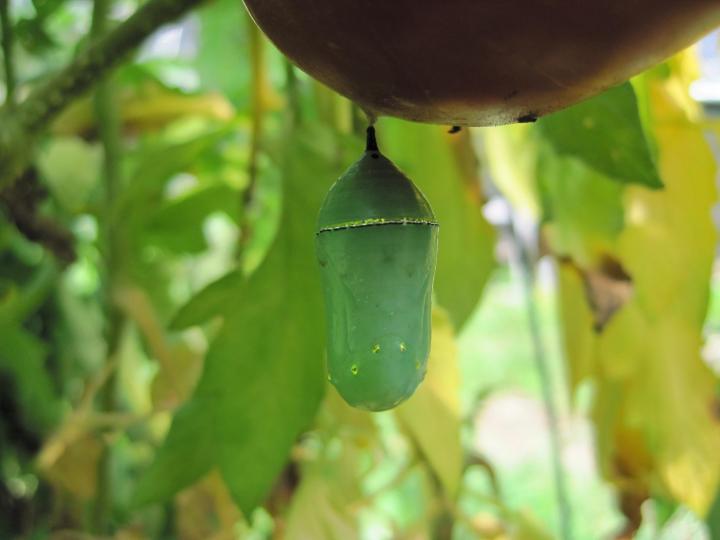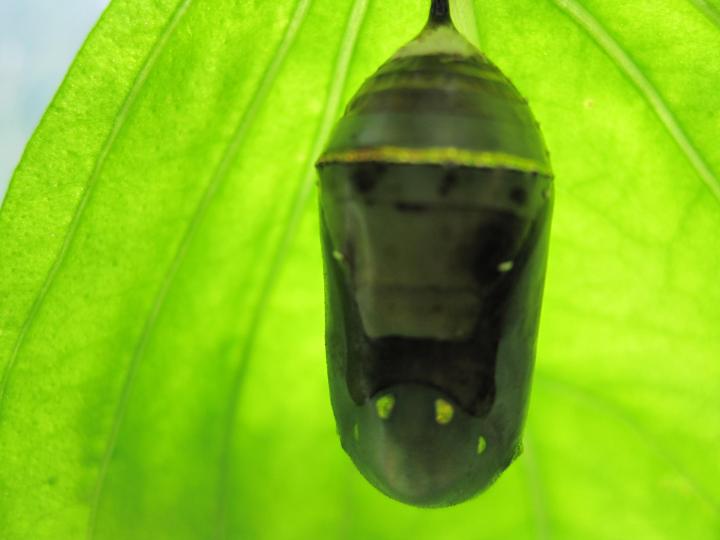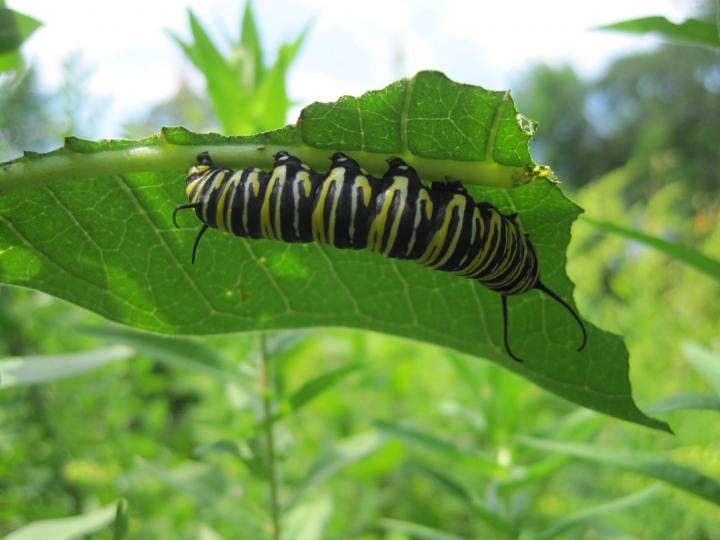
Mysterious Monarch Butterfly
The Almanac Garden Planner - Use It Free for 7 Days!
Plan your 2025 garden with our award-winning Garden Planner.
ADVERTISEMENT
decide to plant 4 raised beds strictly for Dill and Milkweed along with several other freestanding plants . Its been slow so far this year but have eventually seen a few of each resulting in 2 monarch and 6 swallowtail catepillars. Hoping to have many more show up but its early July and in South Central Kansas we're closing in on 100 degrees already , not sure what will happen. Sure fun to watch.
This was a good year in Godfrey ,Illinois. I have been raising them for 3 years. I have swamp,tropical,and common milkweed in my grow area. Success rate so far has been extremely good.I have started releasing them and it looks as though will probably be about 65 for the fall. I hope they don't get a bad frost in Mexico this year.
My 85yr old Dad's Hospice nurse raises Monarchs and last week released a dozen for him in his backyard. What an awesome, once in a lifetime experience!! So thankful to both her and her Mom for taking on this annual project and helping these beautiful creatures survive:) I never realized you can buy kits online, going to become an annual project for my family too!
Those monarch caterpillars look a lot like cut worms. Are they one and the same?
We've planted some milkweed in our flower garden. Saw only two monarchs this past summer and was thrilled to see them. But, no caterpillars. :( Will keep trying to attract them with more "monarch friendly" plants. Used to see LOTS monarch butterflies many years ago, but not so now.


